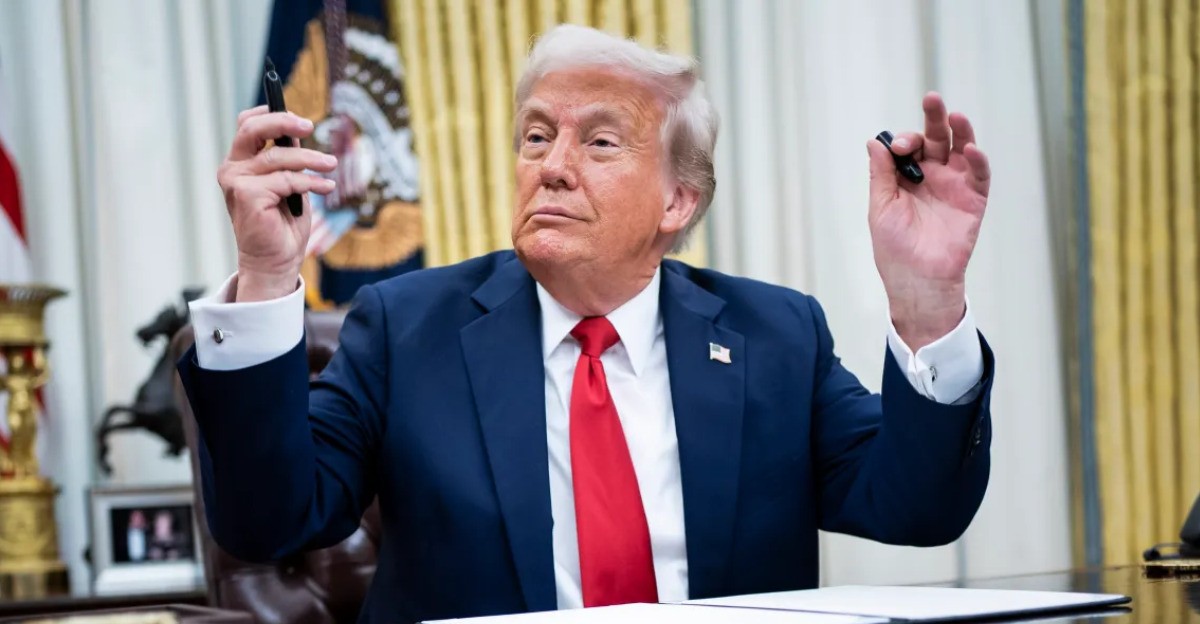
In late May 2025, President Donald Trump stunned global markets by announcing a sweeping 50% tariff on all European Union imports. The move sent shockwaves through both political and economic circles, threatening to ignite a trade war with America’s largest economic ally.
However, in a dramatic reversal, Trump postponed tariffs following a tense call with European Commission President Ursula von der Leyen.
The abrupt reversal left businesses, consumers, and politicians uncertain about what would happen next. This underscores the volatility of modern trade policy and the far-reaching consequences of uncertainty in global commerce.
The Tariff Threat: A High-Stakes Gambit
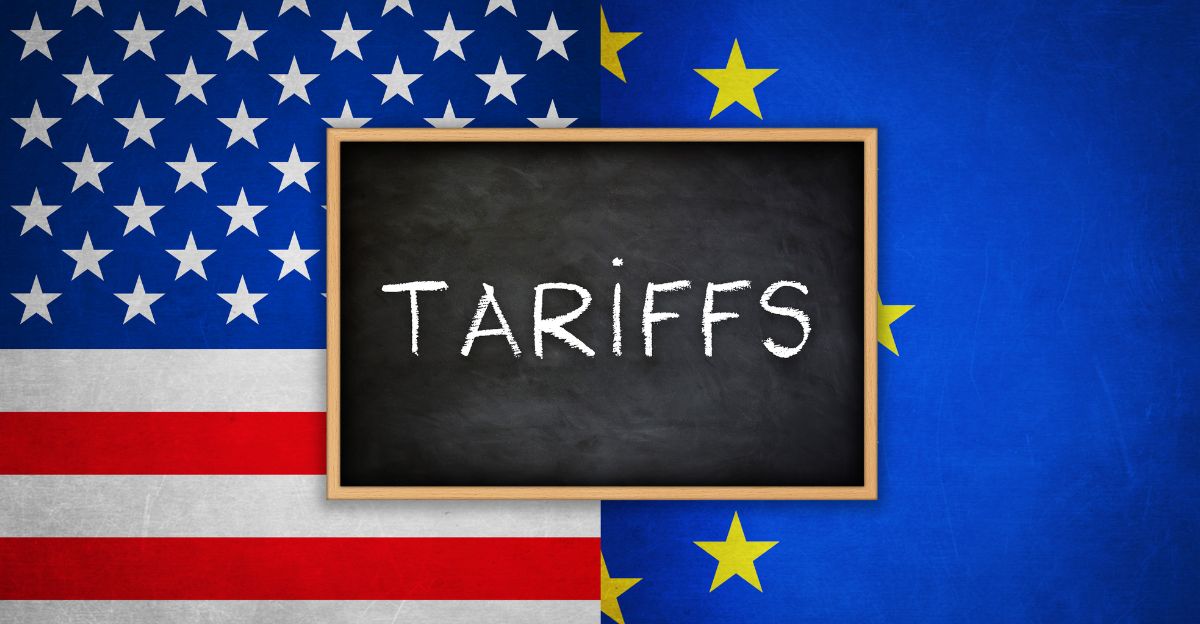
Trump’s tariff proposal was not a spontaneous outburst but a calculated tactic amid stalled trade negotiations. Frustrated by what he deemed to be the E.U.’s “unfair” trade barriers and a $235 billion trade deficit, Trump escalated the situation to force movement at the negotiating table.
The 50% tariff figure was less about immediate economics and more about sending a message. However, the threat was real and posed risks that could destabilize both the U.S. and European economies.
Price Pressure Before Tariffs Land
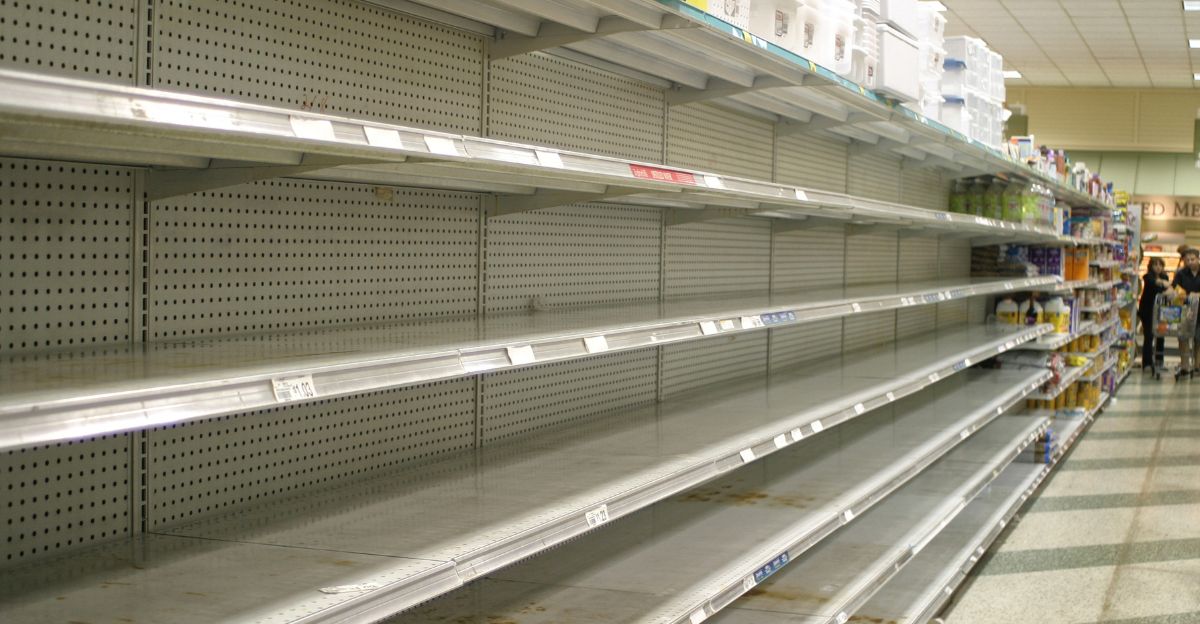
Even before they had taken effect, the direct threat of such sweeping tariffs began to impact American consumers. Retailers and importers, fearing imminent price increases, raced to stockpile European products such as cheese, olive oil, and wine.
That demand spike caused early markups and depleted store shelves. Thousands of households saw the impact almost immediately through higher prices on essential staples.
Corporate America’s Rapid Response
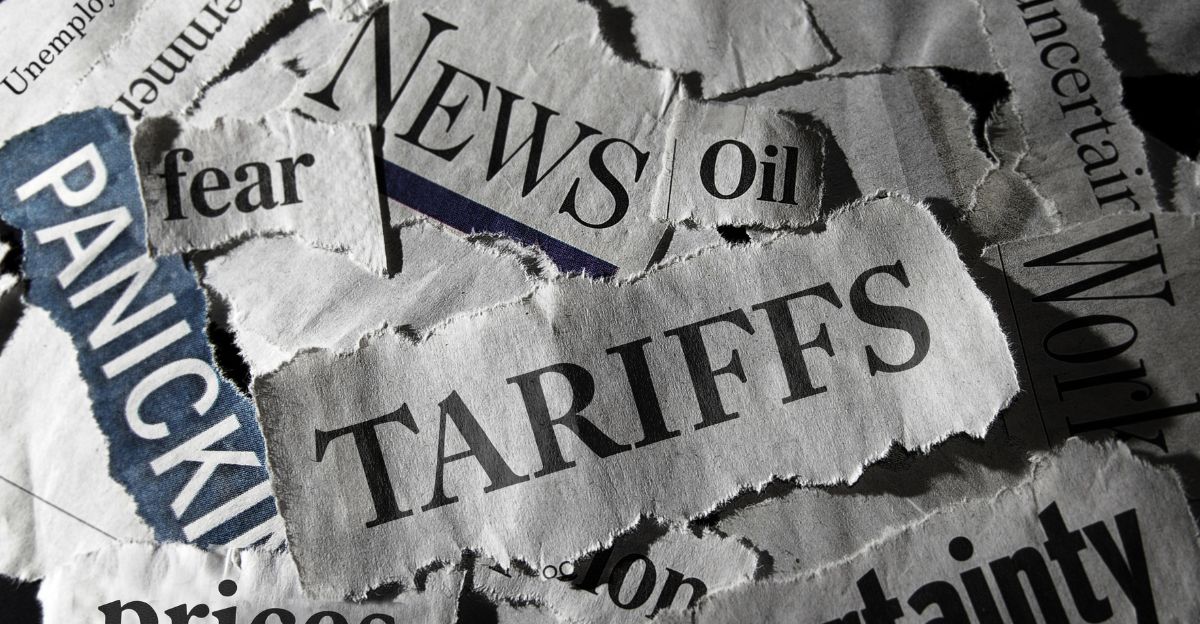
Inside the corporate world, the threat of tariffs triggered a wave of contingency planning. American companies that depended on European imports — ranging from auto parts to specialty foods — scrambled to reconfigure their supply chains.
Some applied for exemptions, while others looked for alternative suppliers outside the EU. European manufacturers, meanwhile, discussed shifting production to the United States or sending goods through neutral countries to avoid possible tariffs.
Many companies dusted off playbooks developed during the U.S.-China trade war, preparing for a fresh round of disruption.
Shifting Consumer Habits and Market Adaptation

As uncertainty mounted, American consumers started to change their shopping habits. For many, that meant finding domestic alternatives or switching to imports from non-EU countries.
European brands, eager to maintain their U.S. market share, rushed to rebrand products as “Made in America” where possible.
Online communities exchanged tips for sourcing alternatives, and U.S. producers took the opportunity to promote homegrown goods. These changes, while subtle at first, began to reshape supply chains and alter brand loyalties.
Global Economic Ripples
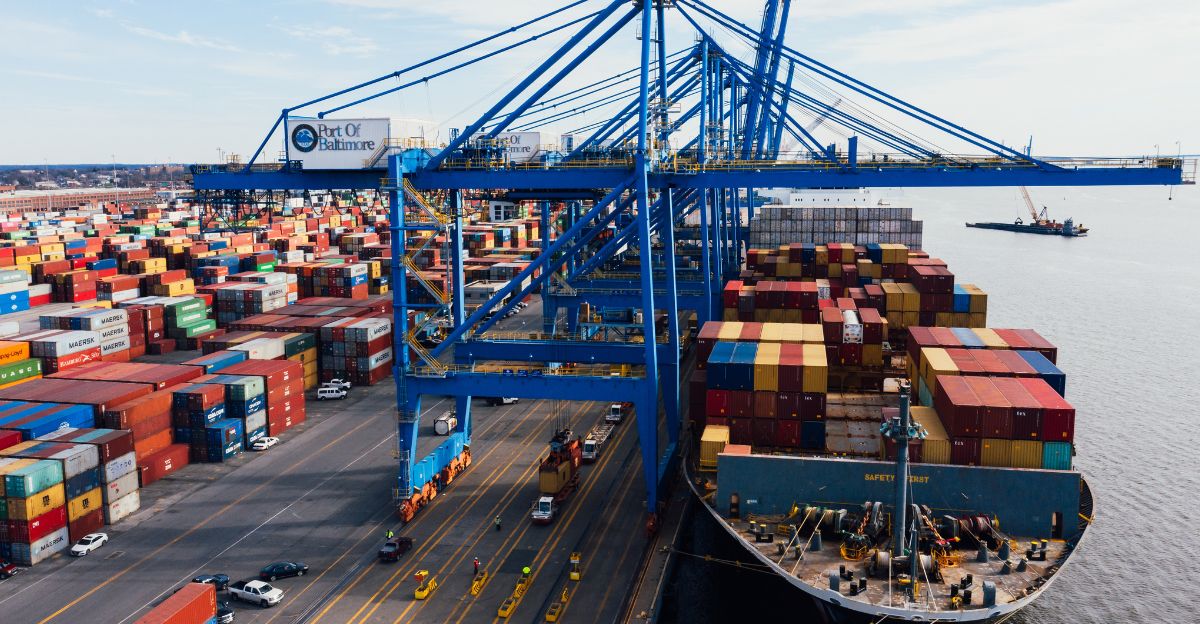
The tariff proposals sent shockwaves through the global economy, prompting economists to warn of significant consequences for growth. With over $975 billion in annual EU-U.S. trade at stake, forecasts suggested that the U.S. could see up to a 1.5% drop in economic growth if the tariffs were implemented.
The European Commission revised its own forecast for 2025, risking near-zero growth. Supply chains, already strained by previous crises, experienced renewed turmoil, especially in sectors like energy and semiconductors. Emerging markets also braced for spillover effects, highlighting the interconnectedness of the modern global economy.
Real-World Impact on Workers and Businesses
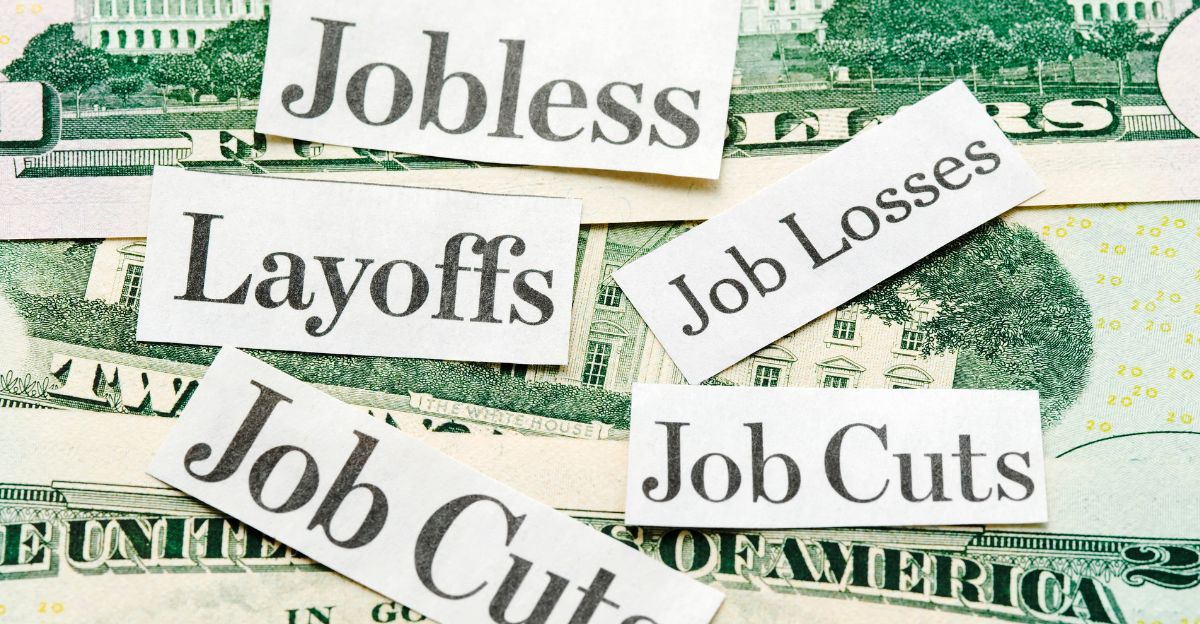
For small businesses and everyday workers, the fallout from tariff tensions hit close to home. American shop owners were anxious that they would no longer have access to key European products that filled their shelves and satisfied their customers.
European manufacturers are bracing for potential export declines, layoffs, and reduced production. Some American workers had hoped for job gains if production returned home, but most were anxious about their futures.
Political Reactions and Strategic Offers
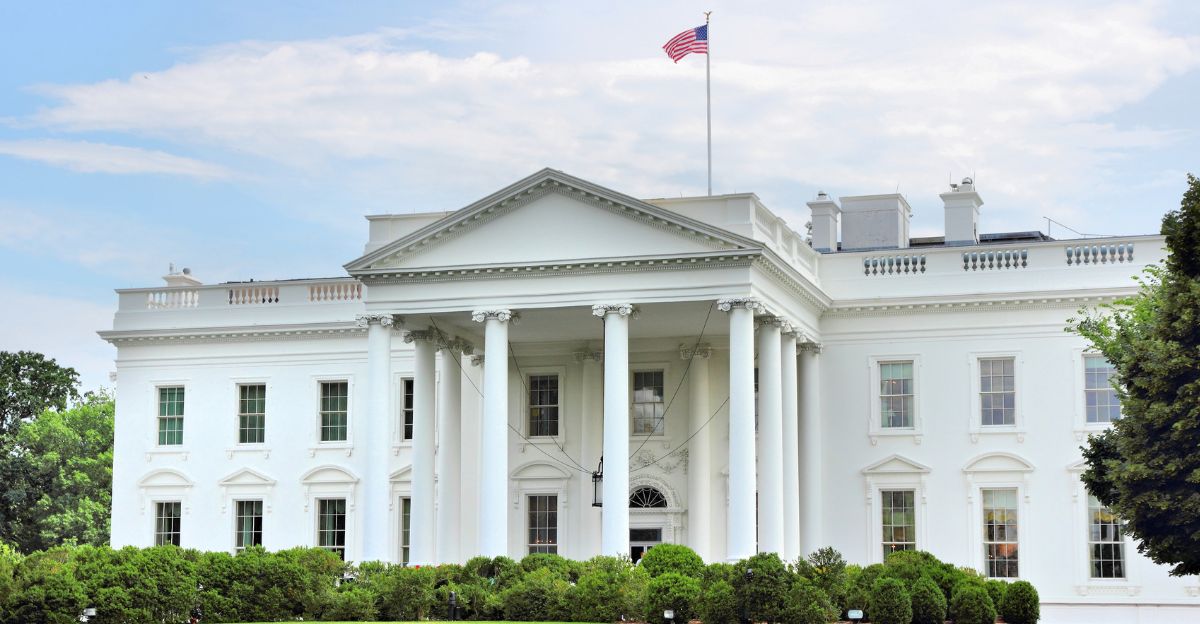
Governments on both sides of the Atlantic responded swiftly to the escalating trade tensions. The EU prepared a list of retaliatory tariffs targeting iconic American exports such as motorcycles, whiskey, and tech services.
At the same time, European officials discussed an ambitious plan to scrap all industrial tariffs as part of a “zero-for-zero” deal. In Washington, reactions split along party lines, with Trump supporters praising the tough stance and critics warning of self-inflicted economic harm.
Navigating Uncertainty

For consumers and small businesses, the key to weathering tariff-related uncertainty is preparation. Those depending on European products were advised to stock up before potential price hikes took effect, and to consider local or non-EU alternatives.
Retailers, facing inventory uncertainty, often offered discounts to clear stock. Investors braced for volatility, particularly in sectors sensitive to trade policy.
The fast-changing environment highlighted the importance of staying informed and adaptable. In a world where a single tweet can shift markets, vigilance and flexibility have become essential tools for survival.
Unpredictability as a Negotiating Tool
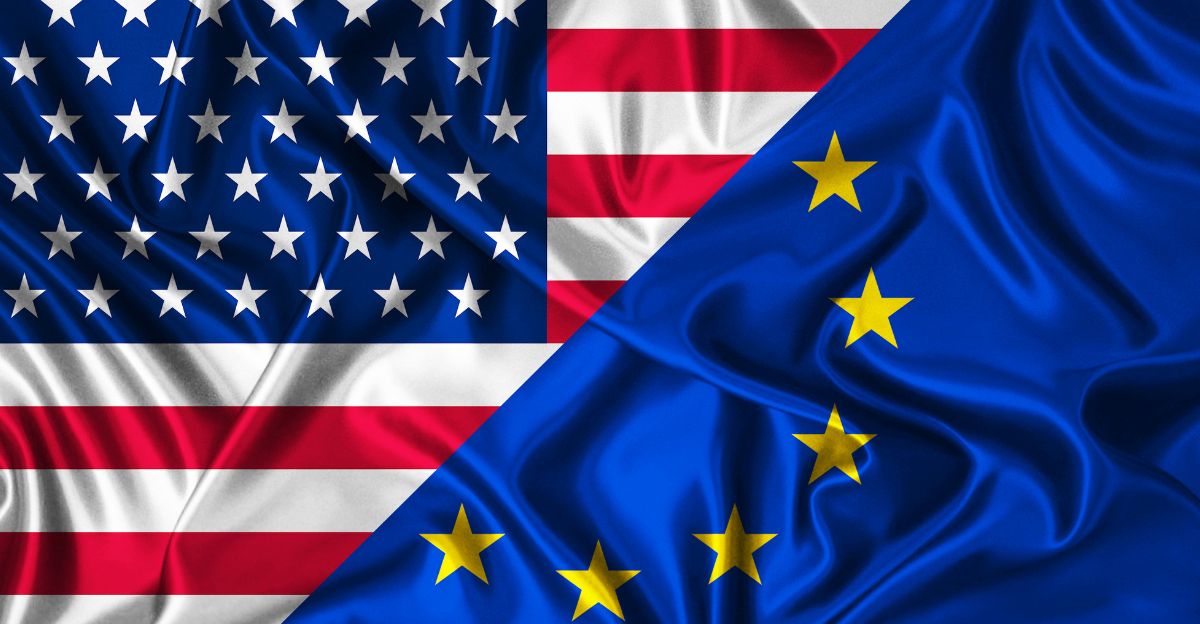
Trump’s abrupt tariff threat and subsequent reversal revealed a broader strategy: using unpredictability as leverage in international negotiations. This approach sent ripples worldwide beyond trade policy, affecting supply chains, consumer confidence, and diplomatic relationships.
It demonstrated that in today’s trade landscape, volatility is not just a byproduct but a deliberate tactic. As the July 9 deadline for further action approaches, businesses and governments around the world remain on edge, uncertain about whether this strategy will yield results or backfire. One thing is clear: in the new era of global trade, everyone must be ready to adapt at a moment’s notice.
Discover more trending stories and Follow us to keep inspiration flowing to your feed!

Craving more home and lifestyle inspiration? Hit Follow to keep the creativity flowing, and let us know your thoughts in the comments below!
